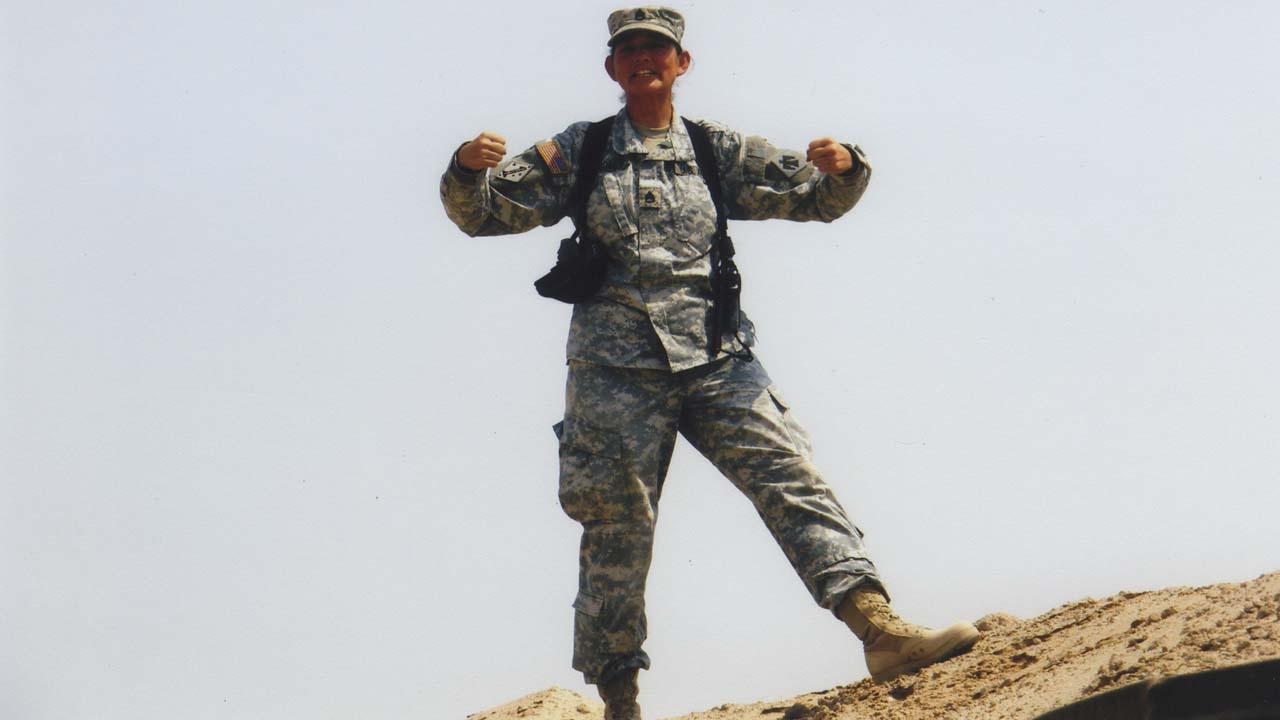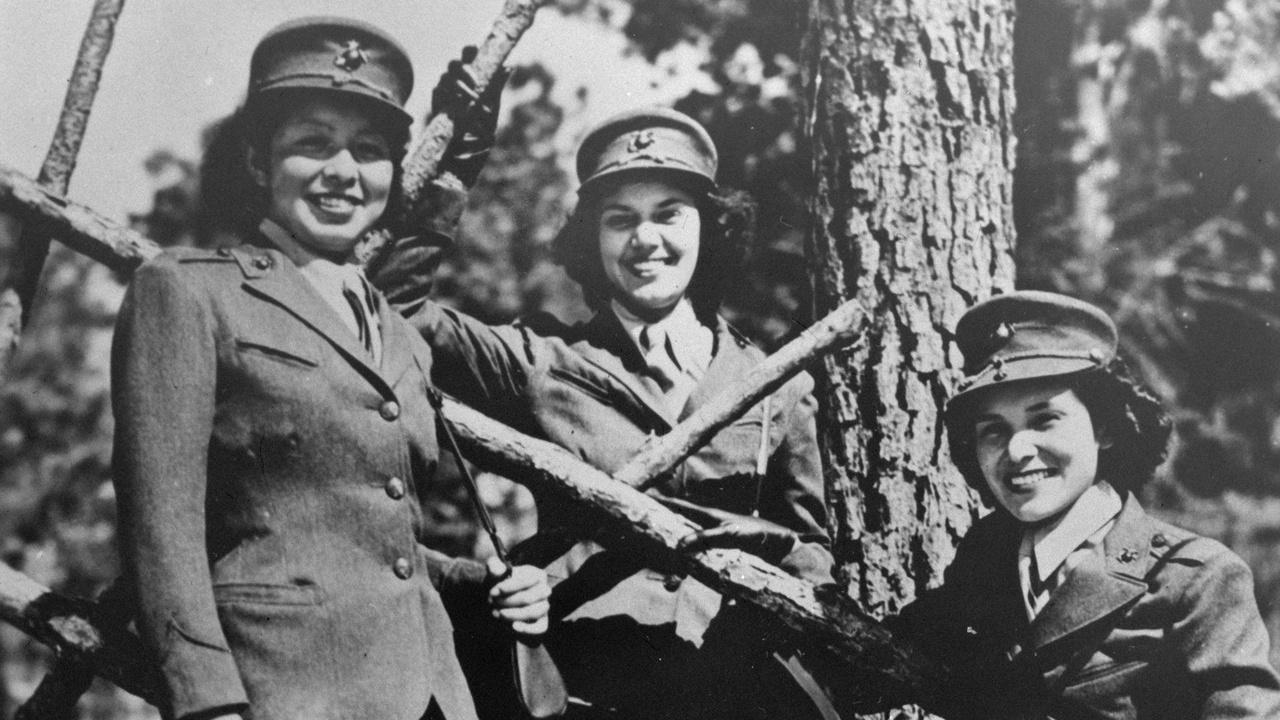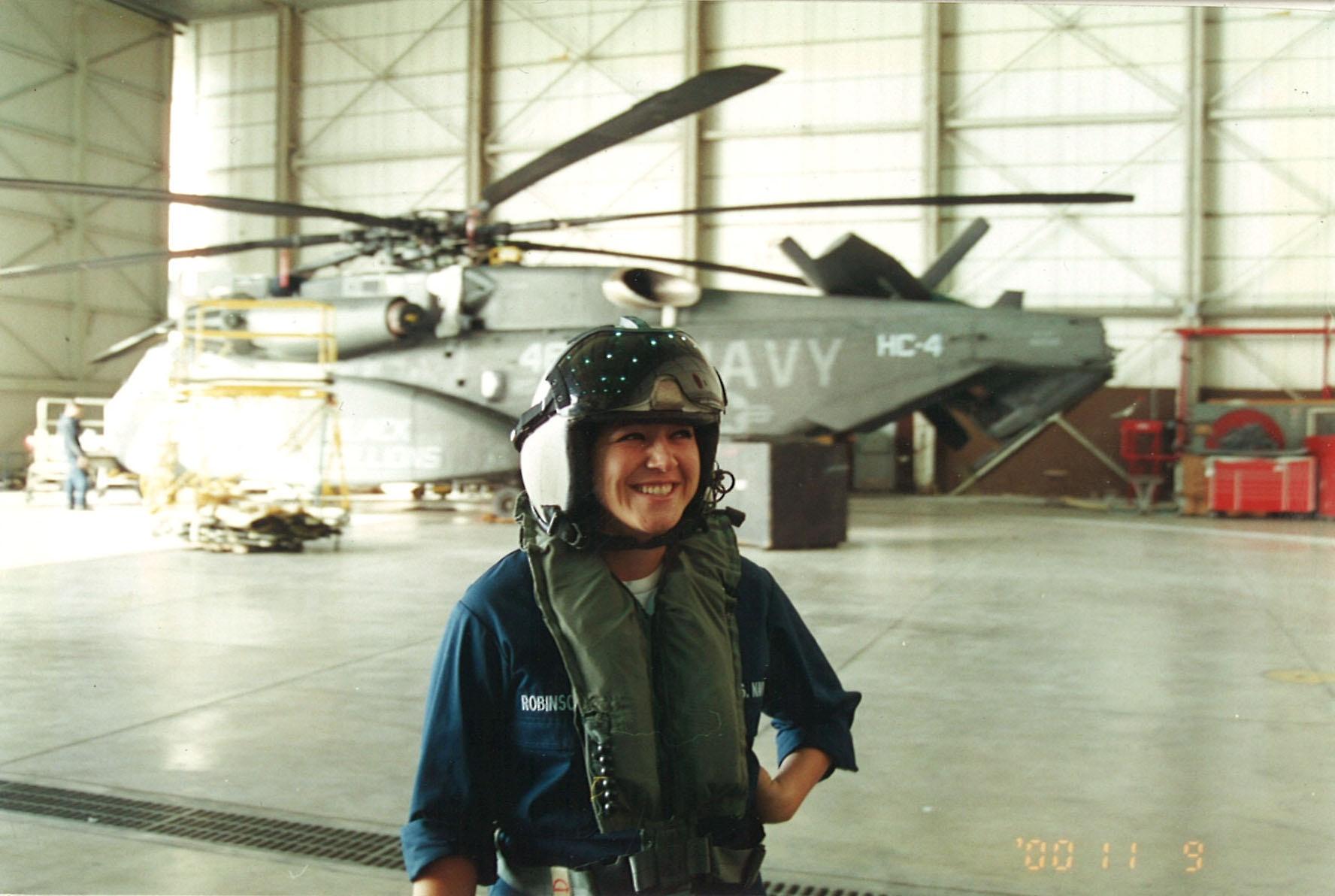
Warrior Women
Middle and High School
3 - 4 Class Periods
Students will focus on the female soldiers featured inThe Warrior Tradition. They will prepare and deliver a speech in first person explaining what it means to Native American women to be in the military, their perspective about Native American women in the military, and their experience as a woman warrior.
Program Segment
- Native American Women in the Military (approximately 10 minutes)

The Warrior Tradition
Native American Women in the Military
10:07
Published:
Explore the history and legacy of Native American women in the U.S. military.
Objectives
Students will be able to:- Give examples of positive contributions of Native American women to the United States military.
- Recognize and explain ways that Native American women have played a role in the United States military since the Revolutionary War.
- Theorize how it may have felt for Native American women to play such an important role in the military and how their actions ultimately impact the generations of Native American women that followed.
- Identify some of the many injustices that Native American women in the military have experienced, and continue to face, not only in the military but also within their own tribes.
Instructional Resources
- The Warrior Tradition
- Internet access
- Women Warriors Graphic Organizer
- Speech Guidelines for Students
- Speech Rubric


Procedures
3 – 4 CLASS PERIODS (break up where necessary)- The teacher will ask students to write down whether they believe women have the same rights, opportunities and duties as men, using examples to defend their thoughts.
- The students should be given 5 minutes to share their opinion and examples with the student next to them.
- The teacher will explain that the class will be focusing on Native American women who have served our country as members of our U.S. military forces.
- The teacher will introduce The Warrior Tradition segment by telling the students they will learn about what it means to Native American women to be in the military, the multiple perspectives about Native American women in the military, and who held these perceptions.
- The Women Warriors Graphic Organizer will be distributed to students. The teacher should read the directions to them and give students an example of how to input their information correctly.
- The students will watch The Warrior Tradition segment and complete their graphic organizers.
- Students will choose one of the following Native American women who served in the military. Some were featured in The Warrior Tradition, some were not.
|
|
|
|
|
|
|
|
- The students will write a speech from that woman’s perspective.
- The teacher will distribute and explain the Speech Guidelines for their speeches. Speeches should include
- what it means to Native American women to be in the military
- the individual’s perspective about Native American women in the military
- some information on this individual’s experience as a woman warrior
- The students will present their speeches to the class.
Assessment Tasks
- Students will participate in partner discussion and thought sharing about women’s opportunities compared to men.
- Students will turn in a completed Women Warrior Graphic Organizer.
- Students will write and present a speech from the perspective of a chosen woman warrior.
Extension Activities (Optional)
- Create a poster the US Military may have put up as they attempted to recruit Native American women to join the military.
- Students write diary/journal entries from the perspective of a Native American woman while serving in the military. Describe living conditions, relationships with others in their groups, feelings about being away from family, etc.
National Curriculum Standards for Social Studies – Thematic Strands
- Culture
- Individual Development & Identity
- Individuals, Groups & Institutions
- Civic Ideals & Practices
